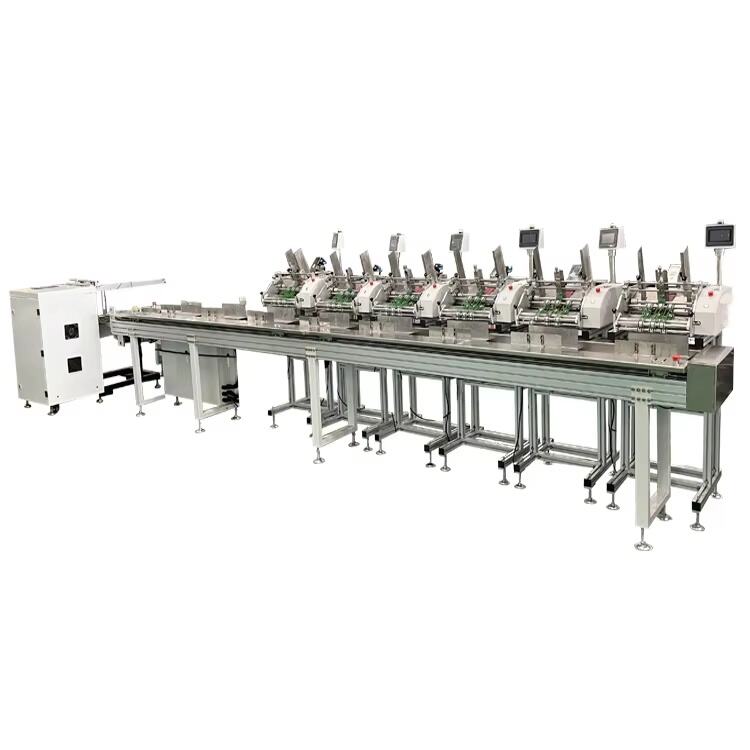Productivity is important for every manufacturer, and friction feeders assist in material handlingSimplifying as they provide precise product positioning and continuous flow throughout numerous processes. This article offers to the reader, how friction feeders work, their benefits, disadvantages, and usage in different industries, mainly on how they improve productivity and optimize operational costs.”
Feeding with friction is a simple yet very effective way to control movement and that is how Friction feeders work. For example, labels, envelopes, and even portions of food can be accurately placed. The design consists of roller and belt feeders which grab the material positively to provide movement. Additionally, this approach maximizes wiper reproductions and minimizes the destruction of delicate products, ensuring higher production yields.
Unlike other augmenting feeder systems, friction feeders posses great flexibility advantage.Clear shoulder frictions feeders He equipped with devices that can operate on a wide variety of materials such as papers, plastics, and even textiles. These diverse applications allow the feeders to be used everywhere, from computer-aided sorting systems to the packaging line. Moreover, friction feeders can be integrated quickly with other existing production lines, providing ideas that improve the systems without complex redesigns.
Moreover, reduced spending on labor is another advantage. Automating feeding processes reassigns staff to more productive tasks. This change enhances effectiveness at the organizational level. Employing friction feeders enhances the accuracy of waste cutoffs as each unit is accurately placed for the next step which could be printing, labeling, or packaging.
The aim of every business is versatility nowadays and sophisticated changes require ease of handling materials feeders. There is an increasing number of manufacturers adopting models of feeders with self-adjusting sensors. These advances in technology are useful for performance enhancement and optimization of the production cycle.
In friction feeders, the focus of technological innovation continues to expand to material handling. These devices help portion out expenses and diversifying materials for forwards manufacturing. Material handling refreshes techniques because of the automation demand and intelligent devices, and friction feeders are stress-free supplements that perform well and are bound to become vital tools soon.
Within the industry, there is increasing self-initiative motivation to integrate further automation into the production line. As each organization aims for optimally streamlined operations, it is quite safe to guess friction feeders will one day soon effortless receive value addition advancements.


